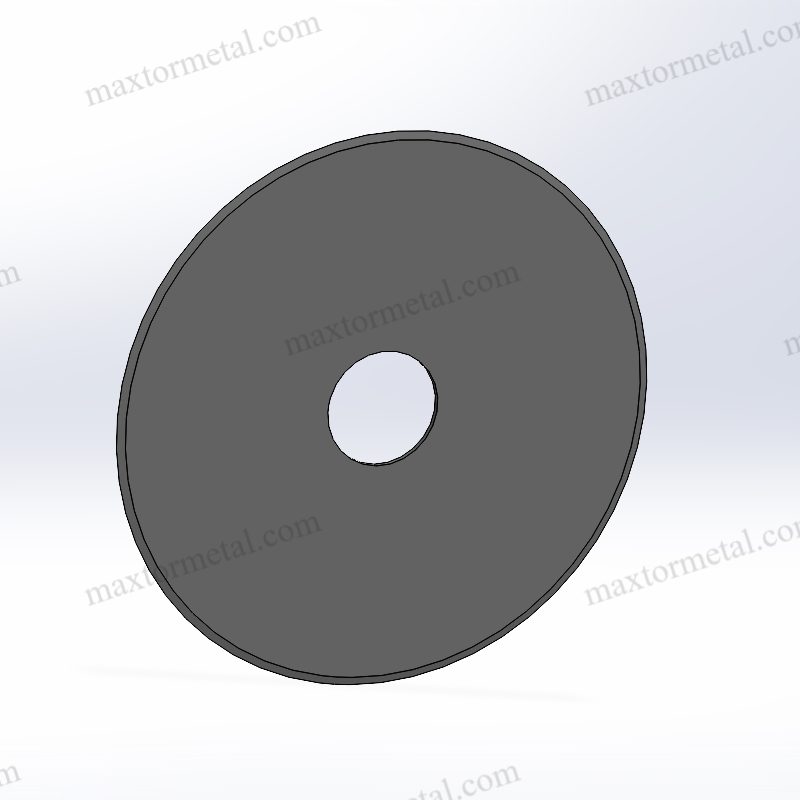
Keeping your circular knife blade sharp is important for safety. It also helps save money and improves performance. Taking care of industrial blades makes cutting easier and safer. Regular checks help you find damage or wear early. This simple step avoids accidents and makes blades last longer. Using the right coolant and oil is also very helpful. Always wear safety gear when working on your blades. This protects you from getting hurt. Good maintenance keeps tools working well and saves money over time. Need a شفرة مخصصة or advice? اتصل بنا Nanjing Metalاليوم!
النقاط الرئيسية
- Always look at your circular knife blade for damage. Finding small cracks or chips early stops accidents and helps the blade last longer.
- Pick the right blade for what you are cutting. Using the proper blade makes cutting easier and keeps it from wearing out quickly. This saves both time and money.
- Sharpen your blade on a regular schedule. Keeping it sharp makes it work better and means you won’t need to replace it as often.
Choosing the Right Circular Knife Blade
Match the Blade to the Material
Picking the right blade for your material is important. It helps you get smooth cuts and makes blades last longer. Different materials need specific blade types. For instance, الفولاذ عالي السرعة (HSS) is great for soft materials. Tougher materials need شفرات كربيد التنغستن. Special coatings like نتريد التيتانيوم (TiN) help blades stay sharp longer. These coatings lower wear and friction. This saves time and money by reducing repairs and delays.
نصيحة: Always check what material you’re cutting before choosing a blade. Using the wrong blade can cause damage or accidents.
Consider Blade Quality and Manufacturer
Blade quality is more important than you think. Good blades cut cleaner and last longer. Research shows precise blades lower defects by 70%. This means less wasted material. Strong blades also break down less often and cost less to maintain. Companies that focus on quality make blades that last longer.
Safety Reminder: Always wear safety gear when working with blades. Even the best blades can be dangerous without protection.
Benefits of Custom Industrial Blades
Custom blades are made for special jobs. They are designed for specific tasks like cutting plastic, rubber, or chemicals. For example:
| صناعة | Key Use Cases | نقطة البيانات |
|---|---|---|
| Healthcare | Tissue Cutting | Ceramic scalpels caused 20% less tissue damage than metal ones. |
| تصنيع | Cutting Plastic | Ceramic blades cut waste by 12% due to better precision. |
| الصناعة الكيميائية | Cutting Chemicals | Ceramic blades stayed sharp in acid for over 30 days. |
Custom blades improve accuracy, reduce waste, and increase safety. They are a smart choice for industries needing top performance.
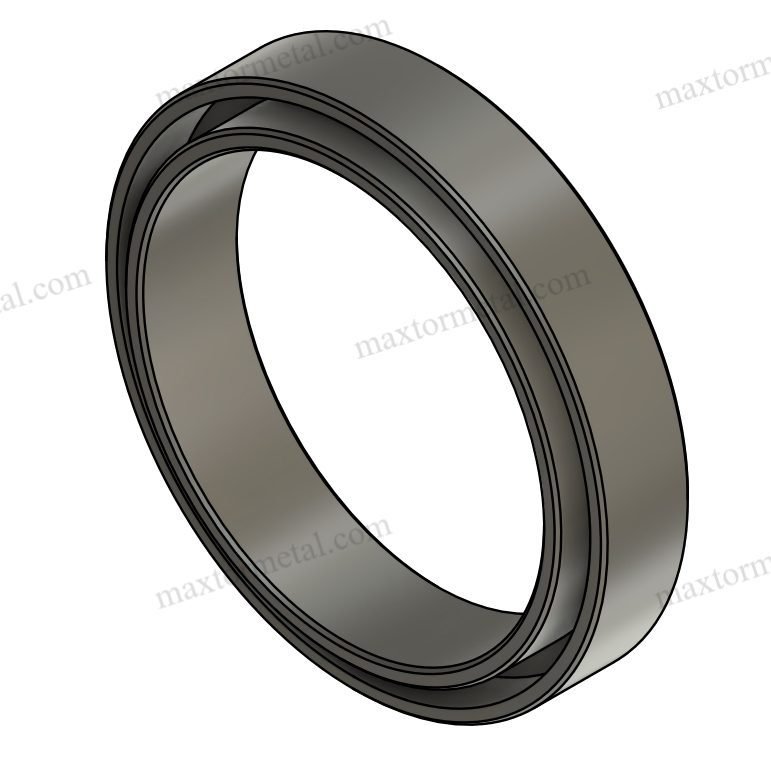
Proper Installation and Setup
Setting up your circular knife blade the right way is crucial. If installed wrong, it can cause bad cuts, wear out faster, or even be unsafe. Follow these steps to make sure your blade works perfectly.
Check Alignment Carefully
Correct alignment is very important for good blade performance. If the blade is not aligned, it may cut unevenly or harm the material. Make sure the blade touches the roll evenly on both sides. Check the angle using tools like a bubble level or digital level for accuracy.
| خطوة | تفاصيل |
|---|---|
| Level Adjustment | Keep the level within +/- 0.030 inches for best results. |
| Blade Positioning | Ensure the blade touches both ends of the roll evenly. |
| Alignment Tools | Use digital, template, or bubble levels to get precise alignment. |
نصيحة: Take your time when aligning the blade. Rushing can lead to expensive errors.
Use Proper Tools for Installation
Having the right tools makes installation easier and safer. Wear safety gloves and goggles to protect yourself from sharp edges and flying debris. A torque wrench helps tighten bolts just right—not too loose or tight. Clean the mounting area with brushes and rust removers for a secure fit.
| أداة/معدات | غاية |
|---|---|
| قفازات السلامة | حماية اليدين من الحواف الحادة |
| نظارات السلامة | Keep debris out of your eyes |
| مفتاح عزم الدوران | Tighten bolts to the correct level |
| فرشاة وقطعة قماش للتنظيف | Clean the blade’s mounting area |
| مزيل الصدأ ومواد التشحيم | Remove rust and make installation smoother |
تذكير: Always turn off and lock the machine before starting the installation to stay safe.
Make Sure Everything is Tight
After aligning and installing the blade, check that it’s tightly secured. Loose bolts can cause shaking, uneven cuts, and faster wear. Use a torque wrench to tighten bolts as the manufacturer recommends. Install modular blade guards properly to improve safety and performance.
| وصف الأدلة | Key Points |
|---|---|
| UL RP 3002 Guidelines | Installing safety features correctly improves blade performance. |
| Modular Blade Guard Setup | Proper guard installation ensures safety and better blade function. |
نصيحة احترافية: After tightening, spin the blade by hand to check for smooth movement without wobbling.
Regular Maintenance Practices for Circular Knife Blades
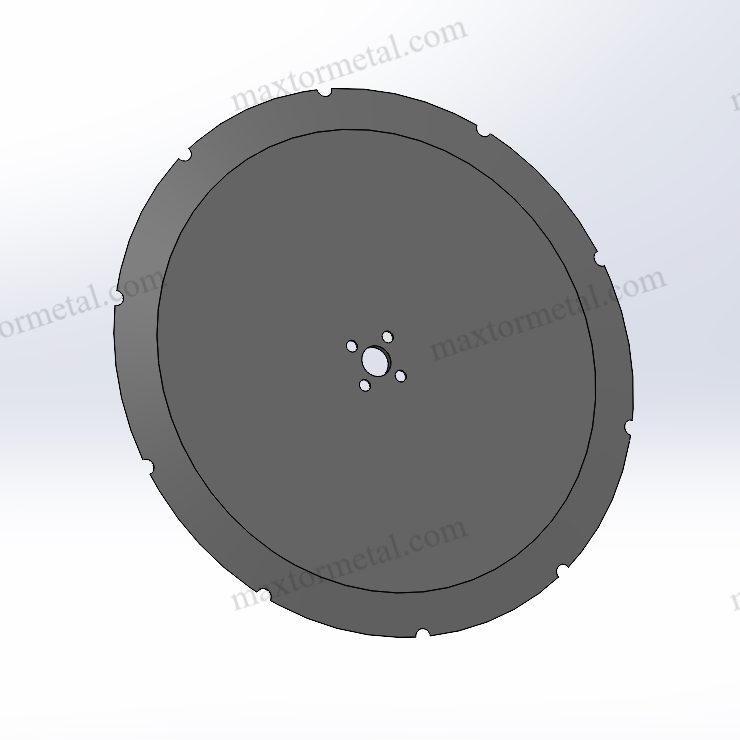
العناية بك circular knife blade is important. Regular maintenance helps it last longer, cut better, and saves money on replacements.
Check for Damage
Checking your blade often helps find problems early. Damaged blades can cut poorly, work less efficiently, or even cause accidents. Here’s what to check:
Spot Small Nicks
Tiny nicks on the edge can hurt cutting performance. Carefully feel the edge with your finger to find rough spots. Even small nicks can tear materials instead of cutting cleanly.
Look for Cracks
Cracks are dangerous because they weaken the blade. Use a bright light or magnifying glass to check for cracks on the surface.
Examine the Edge
A dull or uneven edge makes cutting harder. Look for signs of dullness or unevenness. If the edge isn’t sharp, it’s time to sharpen or regrind it.
نصيحة: Use tools like ultrasonic testers to find hidden damage. These tools help keep blades safe and efficient.
تنظيف الشفرة
Cleaning your blade keeps it sharp and working well. A dirty blade can overheat, cause friction, and make bad cuts.
Clear Off Debris
After using the blade, clean off any stuck debris. Use a soft brush or cloth to remove sawdust, metal bits, or other particles.
Use Special Cleaners
For tough dirt, use cleaners made for blades. Some systems, like those used by Gillette, clean well without leaving stains.
Dry Completely
Always dry the blade after cleaning. Wet blades can rust, which weakens them. Use a lint-free cloth or let it air dry in a clean place.
ملحوظة: Cleaning your blade regularly reduces the need for sharpening and saves time and money.
Lubricate Often
Lubrication lowers friction and heat, helping the blade last longer. Here’s how to do it properly:
Pick the Right Lubricant
Different blades need different lubricants. Choose one that fits your blade and conditions. For example, low-friction grease works well in cold areas.
| Grease Type | Temperature (°C) | Ball Scar Diameter (µm) | Friction (µ) |
|---|---|---|---|
| Grease A | -40 | 250 | 0.6 |
| Grease D | -40 | >500 | 0.8 |
Spread Evenly
Apply the lubricant evenly across the blade. Uneven spreading can cause wear and hotspots.
Don’t Overdo It
Too much lubricant can attract dirt and clog the blade. Use just enough to create a thin layer.
نصيحة احترافية: Lubricate your blade after cleaning to keep it in great shape.
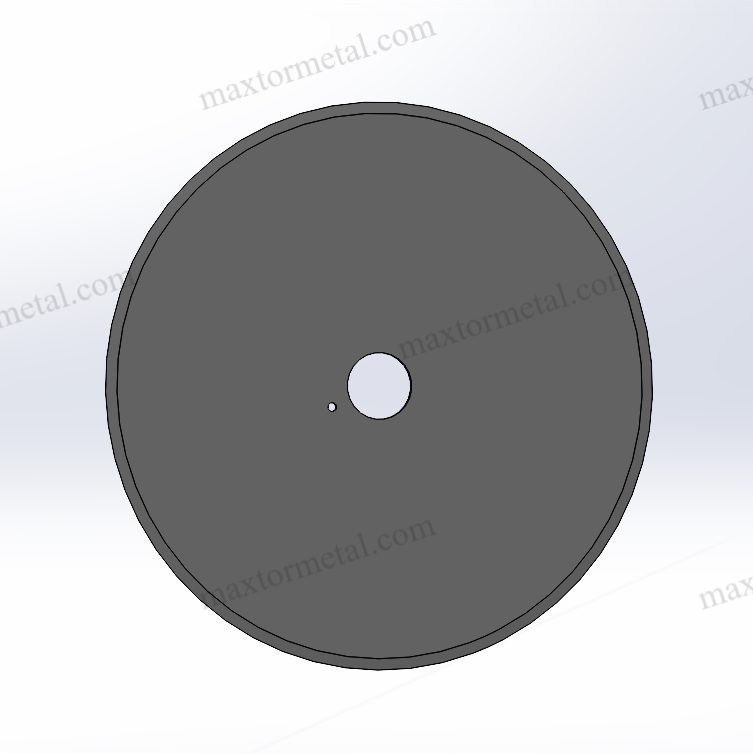
Watch Blade Performance
Keeping track of how your blade works helps catch problems early. Here’s what to watch for:
جودة القطع
Notice if the blade cuts slower or leaves rough edges. This could mean it needs sharpening or regrinding.
Strange Noises
Weird sounds, like squealing, may mean the blade is damaged or misaligned.
Adjust Usage
If you see issues, change your cutting speed or pressure. Tools like vibration sensors can help monitor blade health.
| Tool/Technology | غاية | فوائد |
|---|---|---|
| Acoustic monitors | Check blade condition | Better performance |
| Vibration sensors | Monitor equipment health | Fewer breakdowns |
| AI analytics | Analyze data | Less downtime, more savings |
Store Blades Correctly
Storing your blades properly is as important as maintaining them. Bad storage can cause rust, dullness, or damage.
استخدم أغطية الشفرات
Always cover your blade when storing it. Covers protect the edge and prevent accidental cuts.
Keep in Dry Places
Store blades in a dry, cool area. Humidity can cause rust and shorten their lifespan.
Separate from Other Tools
Don’t let blades touch other tools. This can scratch or dull them. Use a special rack or box to store them safely.
تذكير: Good storage keeps blades ready to use and extends their life.
Sharpening Techniques and Schedules
Keeping your circular knife blade sharp is very important. It ensures clean cuts and safe use. Regular sharpening improves how the blade works and makes it last longer. Let’s learn how to spot when sharpening is needed, what tools to use, and how to plan a sharpening schedule.
Signs Your Blade Needs Sharpening
How can you tell if your blade needs sharpening? Look for these signs:
- Cutting feels harder, and you need more force.
- The blade has dull or uneven spots.
- Materials stick to the blade instead of sliding smoothly.
- Cuts are rough or leave bent edges.
- The blade doesn’t move easily through materials anymore.
If you notice these problems, sharpen your blade soon. Ignoring them can cause bad cuts and damage your blade.
نصيحة: Check your blade often for these signs. Catching dullness early saves time and money.
Use the Right Sharpening Tools
Using the correct tools is key to sharpening your blade well. The wrong tools can harm the blade or make it uneven. Here are some good options:
- Files: Keep the edge even by applying steady pressure.
- أحجار الشحذ: Use different grits for accuracy. Add water or oil to avoid overheating.
- Grinding Wheels: Great for tough sharpening but need cooling to protect the blade.
- Honing Guides: Help beginners keep the right angle while sharpening.
- Sharpening Jigs: Allow precise sharpening with adjustable angles.
- Strops: Perfect for polishing the blade to a sharp finish.
Electric sharpeners are also a great choice. They are easy to use and give consistent results. A well-sharpened blade cuts better, lasts longer, and lowers the risk of accidents.
نصيحة احترافية: If you’re new to sharpening, start with a honing guide or jig. These tools help you avoid mistakes and get the right angle.
Establish a Regular Sharpening Schedule
Having a sharpening schedule keeps your blade in great shape. Here’s how to set one up:
- Track Usage: Note how often you use the blade. This helps you know when sharpening is needed.
- Check Equipment Capacity: If you use sharpening tools, see how much they can handle. For example, using 75% of their capacity helps decide sharpening frequency.
- Match Workload: Adjust your schedule based on how much work the blade does.
A regular schedule prevents dullness and reduces replacements. Studies show blades sharpened to finer grits last longer. For example, blades sharpened at 600 grit stay sharp longer than those at 180 grit.
تذكير: Regular sharpening improves performance and makes your blade last longer.
By following these steps, you can keep your circular knife blade sharp and effective. The right tools and a steady schedule make all the difference.

Usage Tips to Make Your Saw Blade Last Longer
Adjust Cutting Speeds and Feeds
Setting the right cutting speed and feed rate helps your blade last. Cutting too fast makes the blade hot and wear out quickly. Cutting too slow wastes time and causes rough edges. Find the best speed for your material and blade type.
Studies show cutting depth matters a lot. It affects cutting force more than speed or feed rate. Keeping angular speed balanced also reduces wear. Here’s how these factors impact blade performance:
| Finding | وصف |
|---|---|
| 1 | Cutting depth affects cutting force the most. Managing it prevents blade damage. |
| 2 | High heat near the edge causes wear. This area needs extra care. |
| 3 | Angular speed impacts cutting temperature. Keep it steady to avoid damage. |
| 4 | Using proper settings lowers force and heat, making blades last longer. |
نصيحة: Test your settings on a small piece first. This avoids mistakes and saves materials.
Don’t Use Too Much Force
Pushing too hard on the blade can cause problems. Extra force creates friction, leading to heat and dull edges. It can also bend or crack the blade. Let the blade do the work instead of forcing it. A sharp blade cuts smoothly without extra pressure.
If the blade struggles, stop and check it. It might need cleaning, sharpening, or oiling. Forcing a dull blade can shorten its life.
نصيحة احترافية: Use steady, even pressure while cutting. This keeps the blade sharp and ensures smooth cuts.
Use the Blade Correctly
Each blade is made for a specific job. Using it for the wrong task can damage it and ruin your materials. For example, don’t use a wood blade to cut metal or plastic. It won’t work well and might break.
Experts recommend following these guidelines:
| Guideline | وصف |
|---|---|
| Intended Use | Only use blades for their designed purpose, not as substitutes for other tools. |
| حدود المواد | Some blades can’t handle certain materials, like foam-core boards. |
| Router Jobs | Don’t use blades instead of routers for milling. Use the right tools. |
تذكير: Always check the manufacturer’s instructions before using a blade. This simple step saves time, money, and effort.
By following these tips, you’ll make your blade last longer and get better results from your projects.
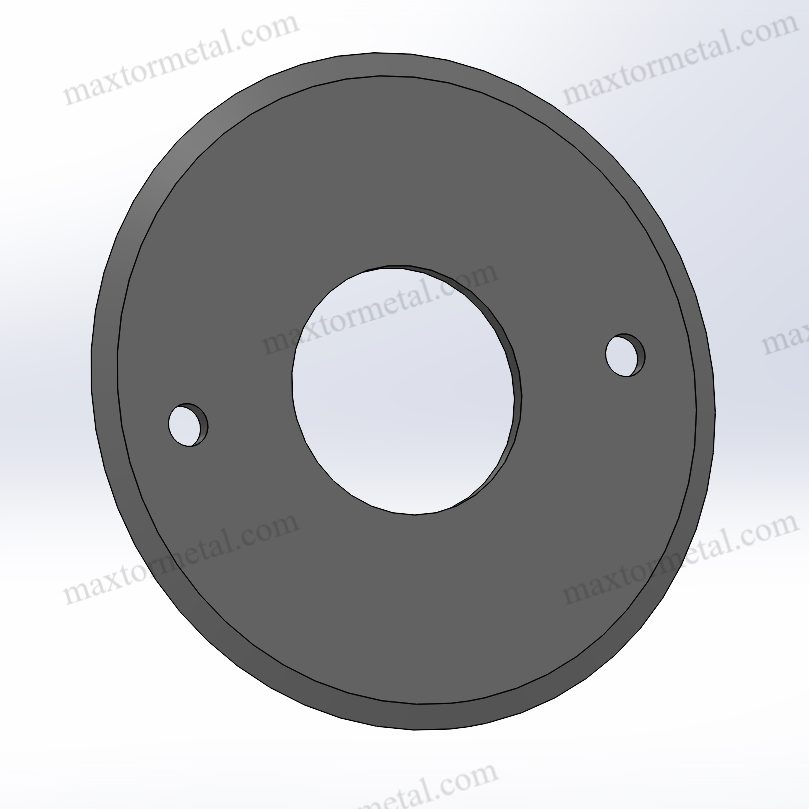
Advanced Tips for Proper Maintenance of Industrial Blades
Use Protective Coatings
الطلاءات الواقية help blades last longer by preventing damage. These coatings protect against wear, rust, and environmental harm. For example, wind energy industries use special coatings to stop erosion from rain and sunlight.
| النتائج الرئيسية | وصف |
|---|---|
| Erosion Problem | Wind turbine blades wear down from weather conditions. |
| Coating Development | Strong coatings were made to improve blade strength. |
| Testing Success | The coating worked better than other products in tests. |
| Industry Relevance | Helps companies in wind power and blade services. |
Adding these coatings to your blades lowers upkeep and boosts performance. It’s an easy way to protect your tools and save money.
Use Automation for Blade Care
Automation makes blade maintenance easier and faster. Machines with sensors and smart systems check blade health instantly. They find problems like dullness or misalignment early. Automated sharpeners also give perfect results every time, saving effort.
Think of automation as a helper for blade care. It works nonstop, avoids mistakes, and keeps blades in great condition. While it costs more upfront, it saves money and time in the long run.
Hire Experts for Big Repairs
Some blade problems are too hard to fix yourself. That’s when hiring experts is the best choice. Skilled technicians use advanced tools and know the latest repair methods. They can handle small fixes or big repairs.
- Expert Knowledge: Professionals are trained in modern repair skills.
- Quick Service: Teams can reach you fast when needed.
- Complete Repairs: They fix all kinds of blade problems.
- Training Speed: Experts learn new repair methods quickly.
- Repair Speed: Fast fixes reduce downtime.
- Innovation Speed: New tools give better repair results.
Working with professionals ensures your blades are fixed right and stay in good shape.
العناية بك circular knife blade is very important. It keeps you safe and saves money. Regular upkeep makes the blade last longer and work better. Studies show that taking care of blades early lowers repair costs and boosts production.
| وصف الأدلة | Key Points |
|---|---|
| Save money with early care | Cuts down on repair and upkeep costs, improving efficiency. |
| Spot problems early | Finding issues early helps plan fixes and control costs. |
| Smart choices with data | Using blade damage data helps make better spending decisions. |
Customers often share how maintenance helps them. One manager said, “We saw results right away. We saved two days of machine time each month.” Another supervisor added, “Our blades now pass cleanliness tests easily. Both safety and performance got better.”
| متري | شفرة قياسية | شفرة مخصصة |
|---|---|---|
| الاستبدالات الشهرية | 12 | 3 |
| متوسط تكلفة الشفرة | $10 | $30 |
| التكلفة الإجمالية الشهرية | ~$2,400 | ~$1,000 |
Buying strong blades, like those from Nanjing Metal, is a smart choice. With 18 years of experience, they make custom blades for your needs. Want better blade performance and longer life? Contact Nanjing Metal’s experts today!
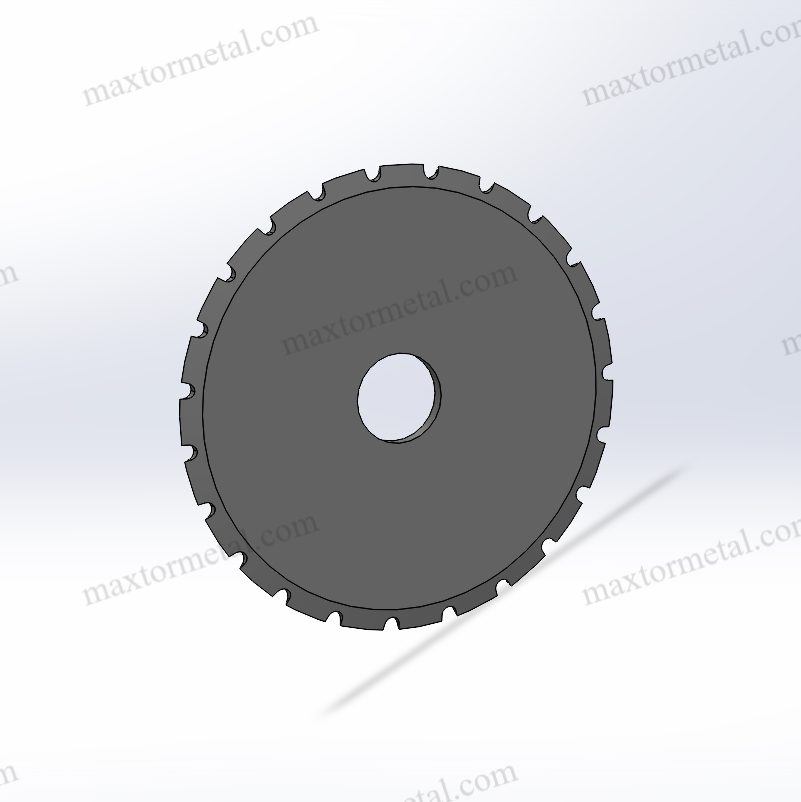
التعليمات
How often should you check your circular knife blade?
Check your blade every week. Weekly checks help find damage early and keep your tools working well.
Can you sharpen industrial blades yourself?
Yes, you can sharpen them at home with tools like files or whetstones. For harder sharpening tasks, ask experts like Nanjing Metal for help.
How should you store industrial blades?
Keep blades in a cool, dry spot. Use blade covers to protect them and store them separately from other tools.
نصيحة: Need custom industrial blades? Contact Nanjing Metal. With 18 years of experience, they provide strong, high-quality blades made just for you.



استجابة واحدة